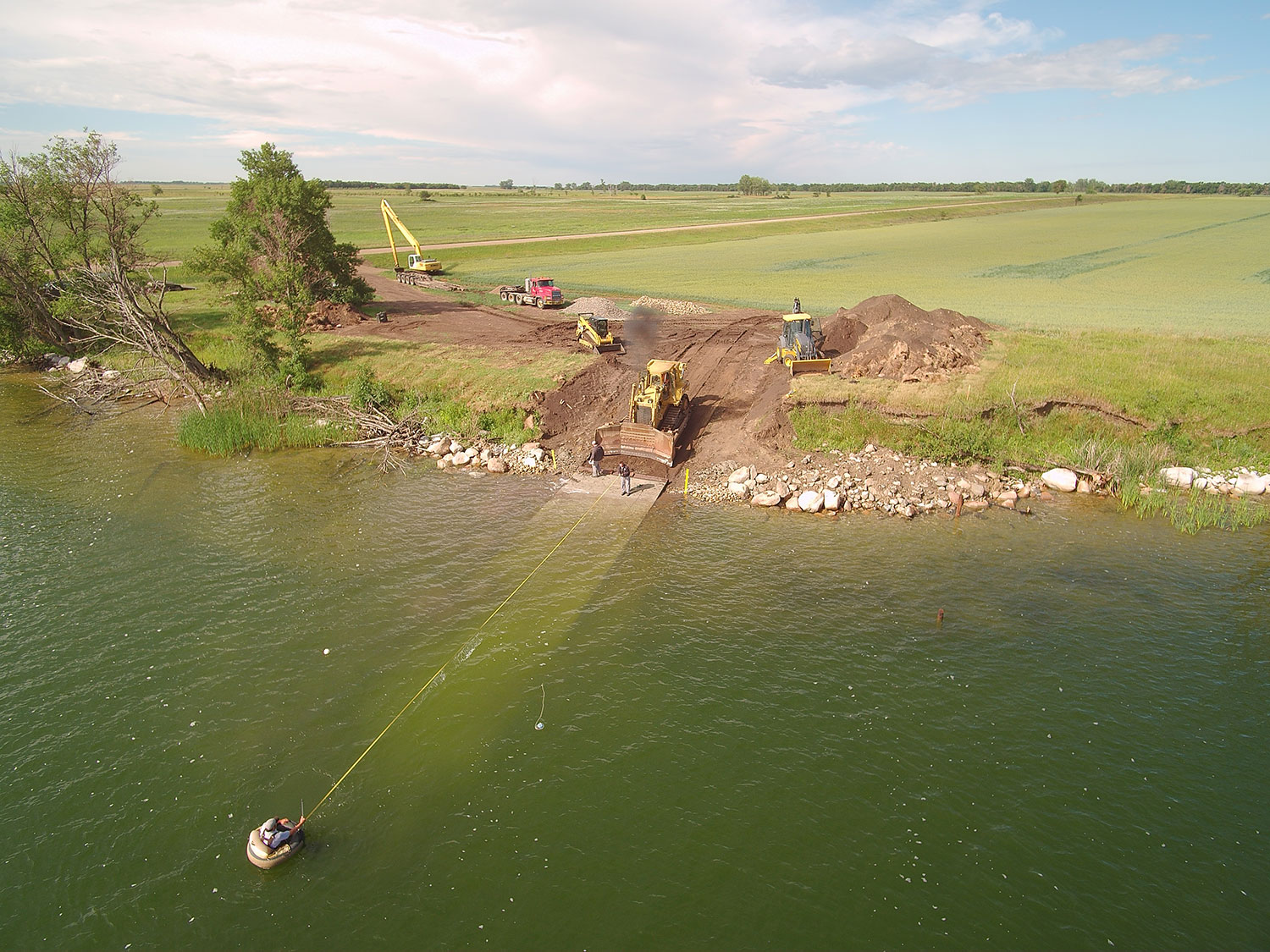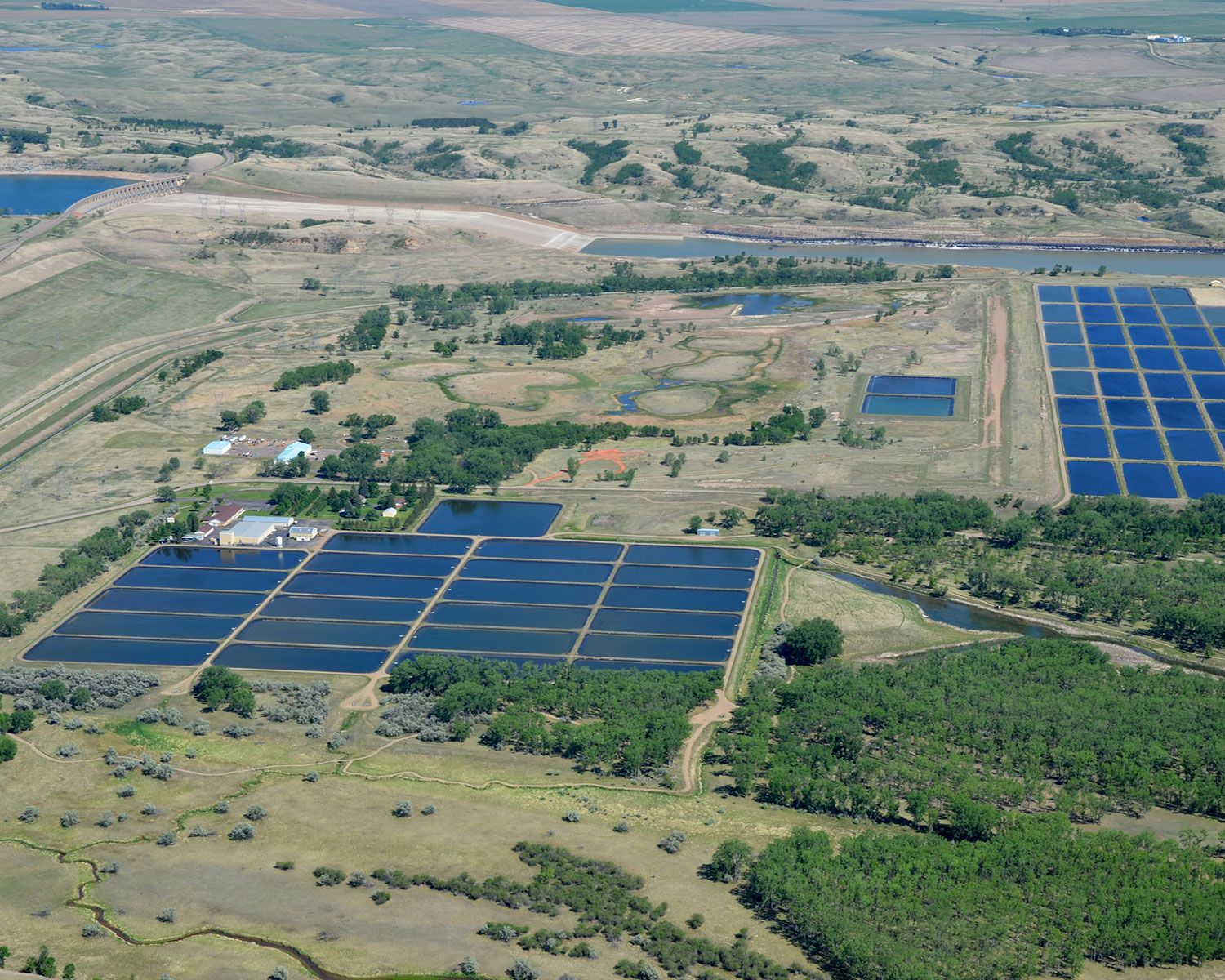
A Positive Retrospective
Sometimes events of today don’t seem to be a big deal. But as time goes on, it becomes more and more apparent the event that occurred days, months or years ago really was incredibly momentous … a milestone, so to speak.
A retrospective look back in time is often needed to truly appreciate the significance of past events and their influence, good or bad, moving forward.
Such is the case when it comes to fishing. If you’re simply a novice angler or just view the fishing industry from a distance, you likely don’t recognize the events of the past when it comes to fishing. However, if you’re an angling enthusiast, especially a well-seasoned angler, then you likely have witnessed firsthand the changes and incredible evolution of fishing on so many levels.
Events from yesterday have had a strong influence on your fishing outcome today. No matter if you’re walleye fishing in a boat on Lake Sakakawea, casting from shore at one of the many North Dakota community ponds, or chasing perch on a prairie lake, the past dictates today’s success.
When it comes to managing North Dakota’s fishing resources, many changes of the past have been truly transformational. Some change has been negative but far more have yielded positive results. Some are driven by outside factors but many, especially many of the positive changes, are the result of fisheries professionals applying new and innovative thinking to their day-to-day jobs.
I started working for the North Dakota Game and Fish Department in May 1979. As a first-year seasonal I was extremely oblivious to my surroundings. I managed to do nothing more than get in the way of those working in boats and on shore during the spring spawning run on Lake Sakakawea. Thankfully, my supervisors pardoned my initial blunders and in time my understanding of North Dakota’s fishery resources and overall aptitude improved considerably from those early years. And because of my age, I’ve been blessed to have been employed during a time when I observed firsthand the dramatic changes to fishing (catching!), including how mediocre it once was to how good it has become throughout North Dakota.
In retrospect, it’s incredible that just a handful of activities, changes or events that occurred during a 10-year period between the mid-1980s and the mid-1990s, forever improved fishing in North Dakota. As time has marched on and 30 to nearly 40 years later, these following milestones of yesteryear remain foundational in providing a powerful and positive impact on the state’s fisheries.
Mid- to Late 1980s

Early to mid-1990s to Present
Fisheries Management Decisions – The Department hires well-qualified individuals, generally with at least a bachelor's degree in fisheries/wildlife management, to conduct our biological responsibilities. These people use their educational backgrounds, but probably more importantly their hands-on learning, to develop skills to better manage the state’s fisheries. To this end, staff initiated numerous management actions (a few noted in the following) beginning in the late 1980s, that left a tremendous positive footprint on fishing, then and now.
- Undesirable Fish Initiative – Both an intensive and extensive Department effort resulted in the eradication of dozens of lakes and reservoirs to address excessive populations of undesirable fish, including carp and bullheads. These eradicated waters were then restocked with desirable fish. In addition, undesirable species removal projects became commonplace, especially in the western half of the state. Lastly, some bait regulation changes occurred to ensure clean bait for anglers and thus reducing the chances of inadvertently transporting carp and other undesirable species.
- Yellow Perch Trap and Transport – Although not a new practice, staff perfected techniques to move gravid (females with eggs) perch from waters with too many perch to new waters with few or none.
- Smallmouth Bass Introductions – The new game fish species on the block in the early 1990s was smallmouth bass. Staff found new homes for these fish in many waters throughout the state that eventually resulted in self-sustaining populations. Today, these smallmouth bass populations continue to provide exciting and diverse fishing opportunities.
- Prairie Lakes – North Dakota climatic conditions changed night and day beginning in 1993. A few years after big rains and precipitation events of the early to mid-1990s started, large new waters began to dot the North Dakota countryside. Initially, these lakes were stocked with a few fish, but staff did not consider these new waters as sustainable over the long haul, calling them “opportunistic” lakes. As time went on, however, it was obvious that many of these new prairie lakes would be around for decades and as a result, many of these newer prairie waters are now priority lakes and receive significant management (and angler) attention.



